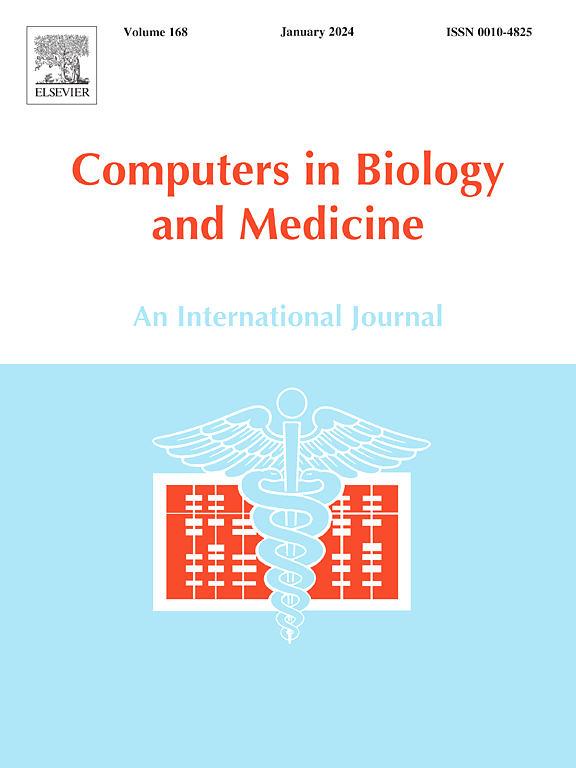An integrative study on the effects of Lingguizhugan decoction in treating Alzheimer's disease rats through modulation of multiple pathways involving various components
IF 6.3
2区 医学
Q1 BIOLOGY
引用次数: 0
Abstract
Objective
To explore the active components and mechanisms of Lingguizhugan decoction (LGZGD) in the treatment of Alzheimer's disease (AD) through an integrated approach.
Methods
The active components of LGZGD in rat serum were identified using HPLC-FTICR MS. Network pharmacology and molecular docking analyses were conducted, and their findings were validated using an Aβ1-42-induced AD rat model.
Results
Twenty-four active components and 324 common targets were identified and used to construct the networks. KEGG pathway enrichment analysis linked key target genes with MAPK, Rap1, and NF-κB signaling pathways. Molecular docking results indicated that three key targets (IL-6, TNF, and EGFR) and 10 core components are closely associated with LGZGD in the treatment of AD. LGZGD improved the spatial learning and memory abilities of AD rats. LGZGD reduced neuronal damage and increased the number of neurons in the cortex and hippocampal CA1 region of AD rats. LGZGD decreased Aβ1-42 expression in the rat hippocampus, alleviated oxidative stress in AD rats, and decreased TNF-α, IL-6, IL-1β, and HMGB1 levels in the cerebral cortical tissue. LGZGD markedly decreased Iba-1 and iNOS expression and increased CD206 levels to inhibit M1 activation and promote M2 activation. LGZGD increased the expression of p-GSK-3β, ERK, and p-ERK, while decreasing the expression of p-Tau, IKKβ, p-IκBα, p-p65, p-p38, and p-JNK in the hippocampus of AD rats.
Conclusion
LGZGD treats AD by modulating targets like IL-6, TNF, MAPK3, and BCL2, thereby alleviating cognitive impairments in rats. Its neuroprotective effects in treating AD are mediated through the NF-κB/MAPK signaling pathways.

灵归竹肝汤通过多通路、多组分调节治疗老年痴呆大鼠的综合研究
目的探讨灵归柱肝汤综合治疗阿尔茨海默病(AD)的有效成分及其作用机制。方法采用HPLC-FTICR ms对大鼠血清中LGZGD的有效成分进行鉴定,并采用a - β1-42诱导的AD大鼠模型进行网络药理学和分子对接分析。结果共鉴定出24个有效成分和324个共同目标,并利用它们构建了网络。KEGG通路富集分析将关键靶基因与MAPK、Rap1和NF-κB信号通路联系起来。分子对接结果表明,3个关键靶点(IL-6、TNF、EGFR)和10个核心成分与LGZGD治疗AD密切相关。LGZGD提高了AD大鼠的空间学习记忆能力。LGZGD减轻了AD大鼠皮层和海马CA1区的神经元损伤,增加了神经元数量。LGZGD降低大鼠海马Aβ1-42表达,减轻AD大鼠氧化应激,降低大脑皮质组织TNF-α、IL-6、IL-1β、HMGB1水平。LGZGD显著降低Iba-1和iNOS表达,提高CD206水平,抑制M1活化,促进M2活化。LGZGD增加AD大鼠海马组织中p-GSK-3β、ERK、p-ERK的表达,降低p-Tau、IKKβ、p- κ b α、p-p65、p-p38、p-JNK的表达。结论lgzgd通过调节IL-6、TNF、MAPK3、BCL2等靶点治疗AD,从而减轻大鼠认知功能障碍。其治疗AD的神经保护作用是通过NF-κB/MAPK信号通路介导的。
本文章由计算机程序翻译,如有差异,请以英文原文为准。
求助全文
约1分钟内获得全文
求助全文
来源期刊

Computers in biology and medicine
工程技术-工程:生物医学
CiteScore
11.70
自引率
10.40%
发文量
1086
审稿时长
74 days
期刊介绍:
Computers in Biology and Medicine is an international forum for sharing groundbreaking advancements in the use of computers in bioscience and medicine. This journal serves as a medium for communicating essential research, instruction, ideas, and information regarding the rapidly evolving field of computer applications in these domains. By encouraging the exchange of knowledge, we aim to facilitate progress and innovation in the utilization of computers in biology and medicine.
 求助内容:
求助内容: 应助结果提醒方式:
应助结果提醒方式:


